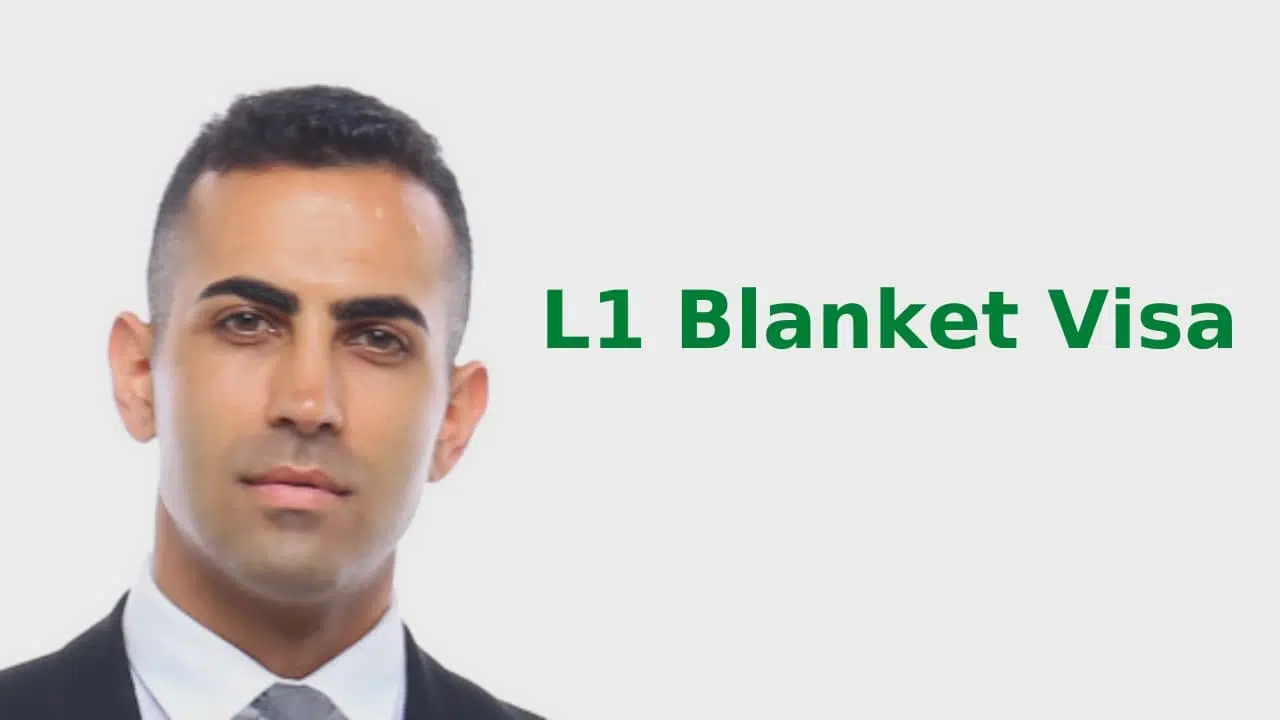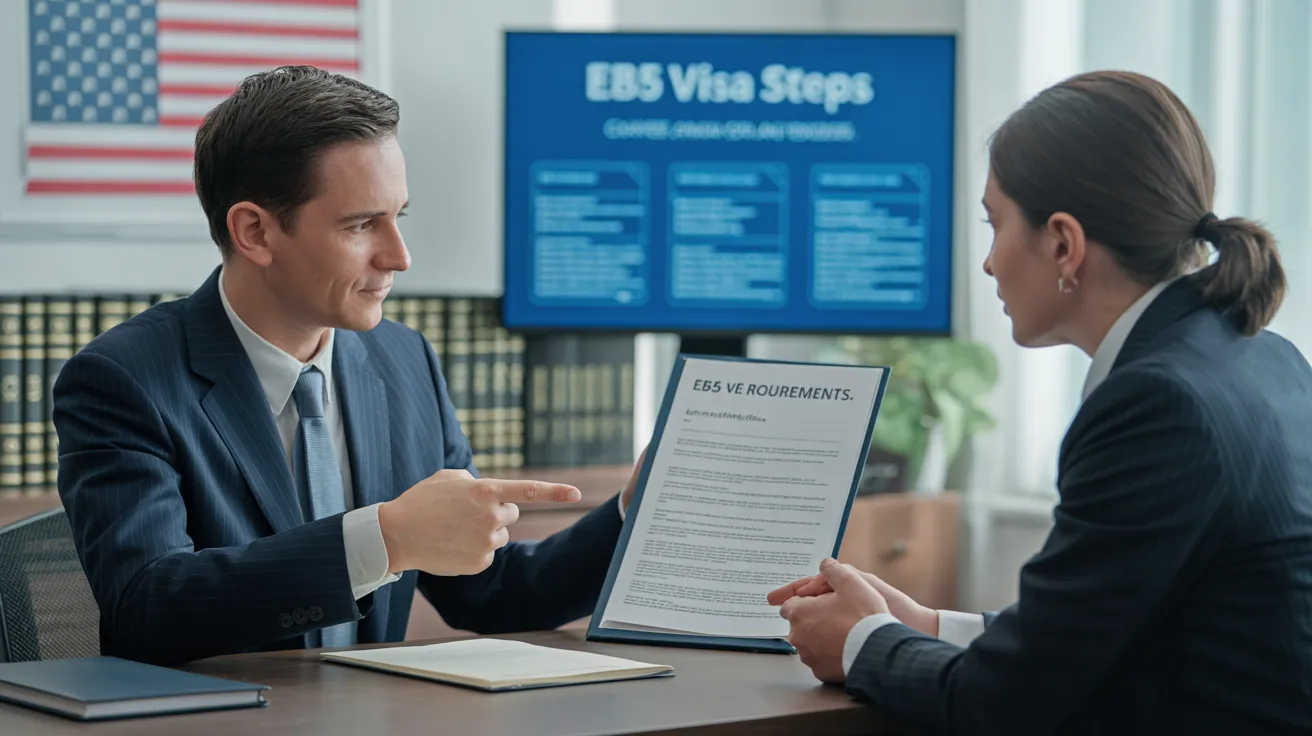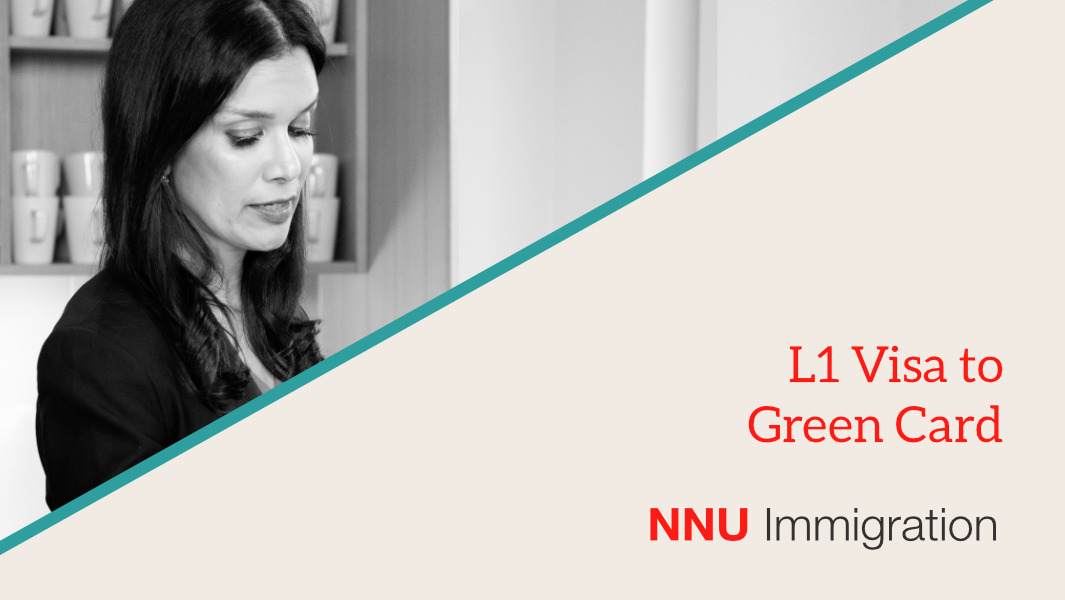L1 Visa Fundamentals Explained
Table of Contents9 Easy Facts About L1 Visa ShownA Biased View of L1 VisaL1 Visa Fundamentals ExplainedAn Unbiased View of L1 VisaSome Ideas on L1 Visa You Should KnowThe smart Trick of L1 Visa That Nobody is Talking About
Offered from ProQuest Dissertations & Theses International; Social Scientific Research Costs Collection. DHS Office of the Inspector General. Obtained 2023-03-26.
U.S. Division of State. Gotten 2023-02-08. Tamen, Joan Fleischer (August 10, 2013).
Excitement About L1 Visa
In order to be eligible for the L-1 visa, the foreign firm abroad where the Recipient was employed and the united state business must have a certifying partnership at the time of the transfer. The various sorts of certifying partnerships are: 1. Parent-Subsidiary: The Parent implies a company, company, or other legal entity which has subsidiaries that it has and manages."Subsidiary" implies a firm, company, or various other legal entity of which a parent possesses, straight or indirectly, more than 50% of the entity, OR possesses less than 50% yet has management control of the entity.
Firm An owns 100% of the shares of Company B.Company A is the Parent and Company B is a subsidiary. There is a certifying partnership between the two business and Company B need to be able to sponsor the Recipient.
Instance 2: Business A is incorporated in the united state and desires to petition the Recipient. Business B is integrated in Indonesia and utilizes the Recipient. Firm A possesses 40% of Business B. The staying 60% is had and managed by Firm C, which has no relationship to Business A.Since Company A and B do not have a parent-subsidiary partnership, Business A can not fund the Recipient for L-1.
Example 3: Business A is included in the united state and wishes to seek the Beneficiary. Business B is incorporated in Indonesia and utilizes the Recipient. Business A has 40% of Company B. The remaining 60% is owned by Company C, which has no relationship to Business A. However, Firm A, by formal arrangement, controls and full handles Company B.Since Company A has less than 50% of Company B yet takes care of and regulates the firm, there is a certifying parent-subsidiary partnership and Company A can fund the Beneficiary for L-1.
Some Ideas on L1 Visa You Need To Know
Company B is incorporated in the U.S.
L1 Visa for Dummies

The L-1 visa is an employment-based visa category developed by Congress in 1970, permitting multinational companies to transfer their supervisors, executives, or vital employees to their U.S. procedures. It is frequently referred to as the intracompany transferee visa. There are 2 primary kinds of L-1 visas: L-1A and L-1B. These types appropriate for employees hired in various settings within a company.

In addition, the recipient needs to have operated in a supervisory, exec, or specialized worker placement for one year within the 3 years preceding the L-1A application in the foreign business. For new workplace applications, foreign employment must have been in a managerial or executive capacity if the beneficiary is pertaining to the United States to work as a manager or executive.
Our L1 Visa Ideas

If granted for an U.S. company functional for even more than one year, the initial L-1B visa is for up to three years and can be expanded for an additional 2 years (L1 Visa). Alternatively, if the united state firm is recently developed or has been functional for less than one year, the first L-1B visa is provided for one year, with expansions readily available in two-year increments
The L-1 visa is an employment-based visa group developed by Congress in 1970, permitting international firms to move their supervisors, executives, or key employees to their United state operations. It is commonly referred to as the intracompany transferee visa.
Fascination About L1 Visa
Furthermore, the recipient has to have functioned in a supervisory, executive, or specialized staff member position for one year within the 3 years preceding the L-1A application in the foreign company. For brand-new workplace applications, international employment needs to have been in a supervisory or executive capacity if the beneficiary is coming to the United States to function as a manager or executive.
for approximately 7 years to oversee the procedures of the U.S. affiliate as an exec or supervisor. If issued for an U.S. business that has been operational for even more than one L1 Visa law firm year, the L-1A visa is initially granted for approximately 3 years and can be prolonged in two-year increments.
If granted for an U.S. company operational for greater than one year, the first L-1B visa is for up to 3 years and can be expanded for an added 2 years. Alternatively, if the united state firm is freshly developed or has been functional for much less than one year, the initial L-1B visa is issued for one year, with extensions available in two-year increments.